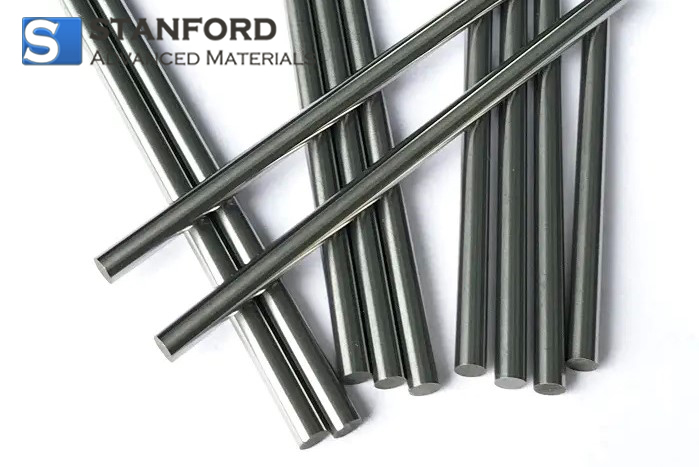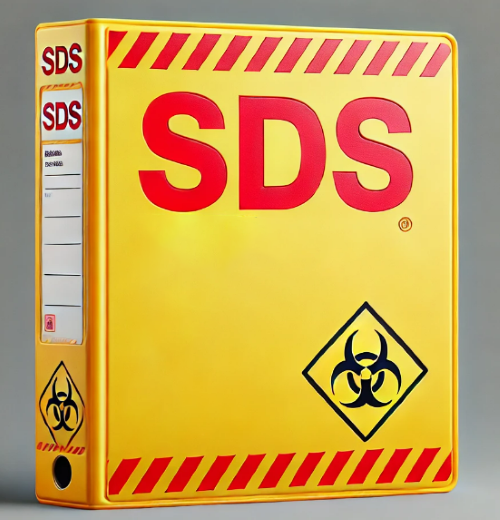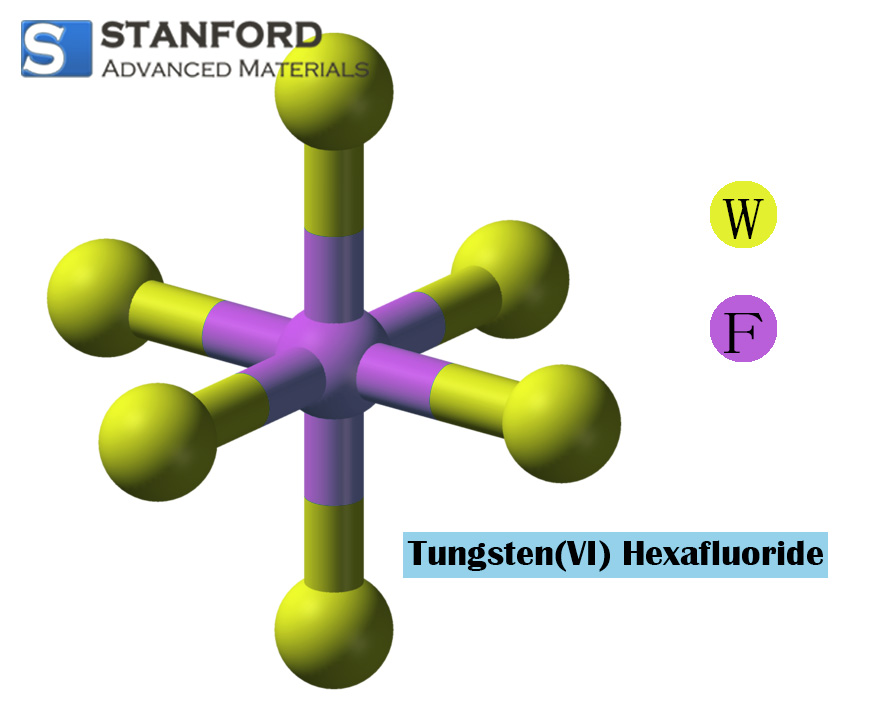MSDS Of Neodymium Metal
I. Identification of the Product
Primary product name: Neodymium metal ingot
Trade name: Neodymium metal ingot
Stock number: ME60
Supplier:
Stanford Advanced Materials
23661 Birtcher Dr., Lake Forest, CA 92630, U.S.A.
Tel: (949) 407-8904, Fax: (949) 812-6690
Email: sales@SAMaterials.com
CAS# 7440-0033-8
DOT: not classified as hazardous
UN#: not classified as hazardous
II. Information on Composition and Ingredients
Chemical family designation: Metal
Molecular formula: Nd
III. Physical & Chemical Properties
Boiling point: approximately 3027 °C
Melting point: approximately 1024 °C
Specific gravity (approximate): 7.00 g/cm³
Vapour density: not applicable
Vapour pressure: not applicable
Volume percentage volatile: not applicable
Oxidation: oxidises in air; the solid form remains relatively stable in air
Appearance & odour: silvery-metallic, odourless
Physical state: ingot
IV. Hazard Identification
Indicators for the primary routes of entry
Indicator for primary route of entry – Skin: Yes
Indicator for primary route of entry – Eyes: Yes
Indicator for primary route of entry – Inhalation: Yes
Indicator for primary route of entry – Ingestion: Yes
Primary route of entry: Inhalation, skin contact, ingestion
Effects of overexposure: Acute toxicity is low. Localised inhalation or ingestion may cause pulmonary and dermal irritation. Eye contact may result in particulate irritation.
V. First Aid Measures
Emergency first aid measures – general
Skin: Seek immediate medical assistance
Eyes: Seek immediate medical assistance
Oral: Seek medical assistance
Inhalation: Seek medical assistance
VI. Fire Fighting Measures
Fire extinguishing media: CO₂, dry sand or dry chemical powder
Special firefighting procedures: Use a self-contained breathing apparatus
Unusual fire and explosion hazards: The material is non-flammable but may oxidise easily. It may produce sparks. Consequently, if feasible, remove any yttrium metal from the fire area.
VII. Handling and Storage
Handling and storage precautions: Avoid inhaling dust. Avoid skin and eye contact. Prevent exposure to air. Store in a sealed container filled with argon gas or mineral oil.
VIII. Exposure Control and Personal Protection
Eye protection: Safety goggles
Respiratory protection: Use a NIOSH-approved respirator if local ventilation is ineffective or unavailable
Personal protective equipment: Wear as required to prevent contact
Protective gloves (type specified): Rubber
IX. Stability and Reactivity
Stability – Conditions to avoid: Avoid exposure to ignition sources such as open flames and sparks
Incompatible materials: Avoid contact with air, moisture, strong acids and strong oxidising agents
Hazardous decomposition products: The material is sensitive to air and moisture. All forms react with dilute acids to form combustible and explosive hydrogen gas (H₂)
Conditions leading to hazardous polymerisation: Not known
Hazardous polymerisation: No
X. Other Information
Local exhaust ventilation: Fume extraction
Special production: Not applicable
End of the Data Sheet
This safety data sheet is provided solely for your information, review and investigation. Stanford Advanced Materials makes no express or implied warranties and assumes no liability for the accuracy or completeness of the data contained herein.

 Bars
Bars
 Beads & Spheres
Beads & Spheres
 Bolts & Nuts
Bolts & Nuts
 Crucibles
Crucibles
 Discs
Discs
 Fibers & Fabrics
Fibers & Fabrics
 Films
Films
 Flake
Flake
 Foams
Foams
 Foil
Foil
 Granules
Granules
 Honeycombs
Honeycombs
 Ink
Ink
 Laminate
Laminate
 Lumps
Lumps
 Meshes
Meshes
 Metallised Film
Metallised Film
 Plate
Plate
 Powders
Powders
 Rod
Rod
 Sheets
Sheets
 Single Crystals
Single Crystals
 Sputtering Target
Sputtering Target
 Tubes
Tubes
 Washer
Washer
 Wires
Wires
 Converters & Calculators
Converters & Calculators
 Write for Us
Write for Us


 Chin Trento
Chin Trento


